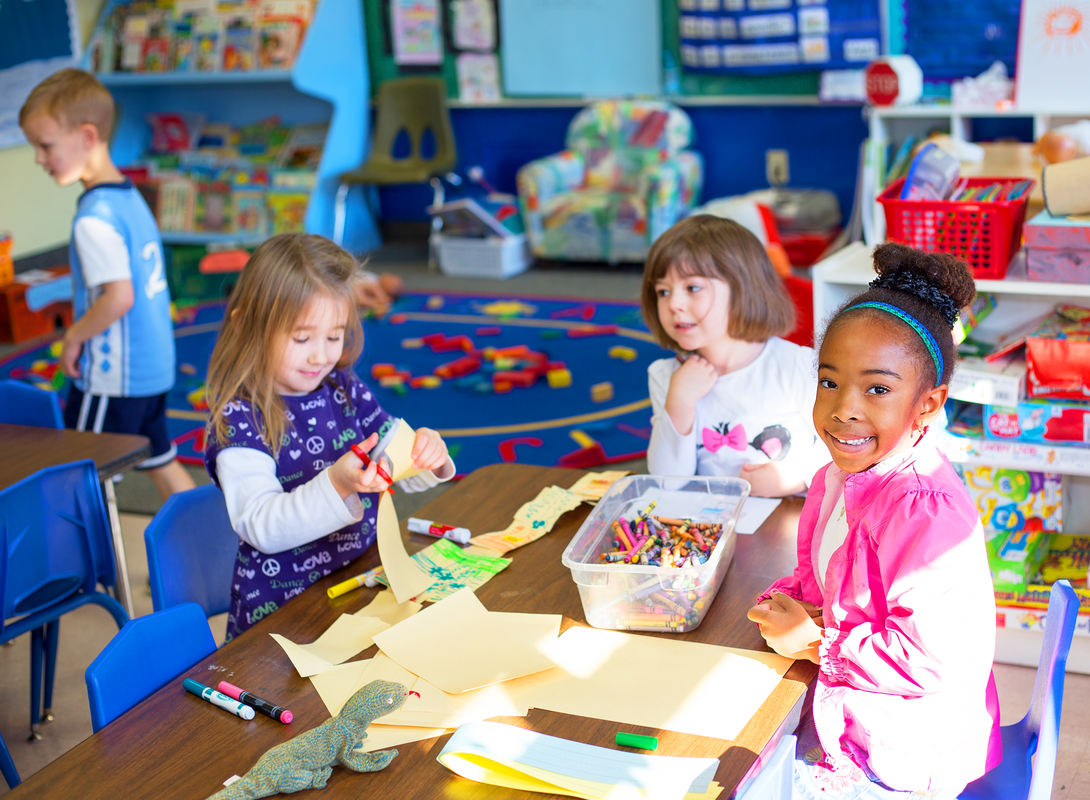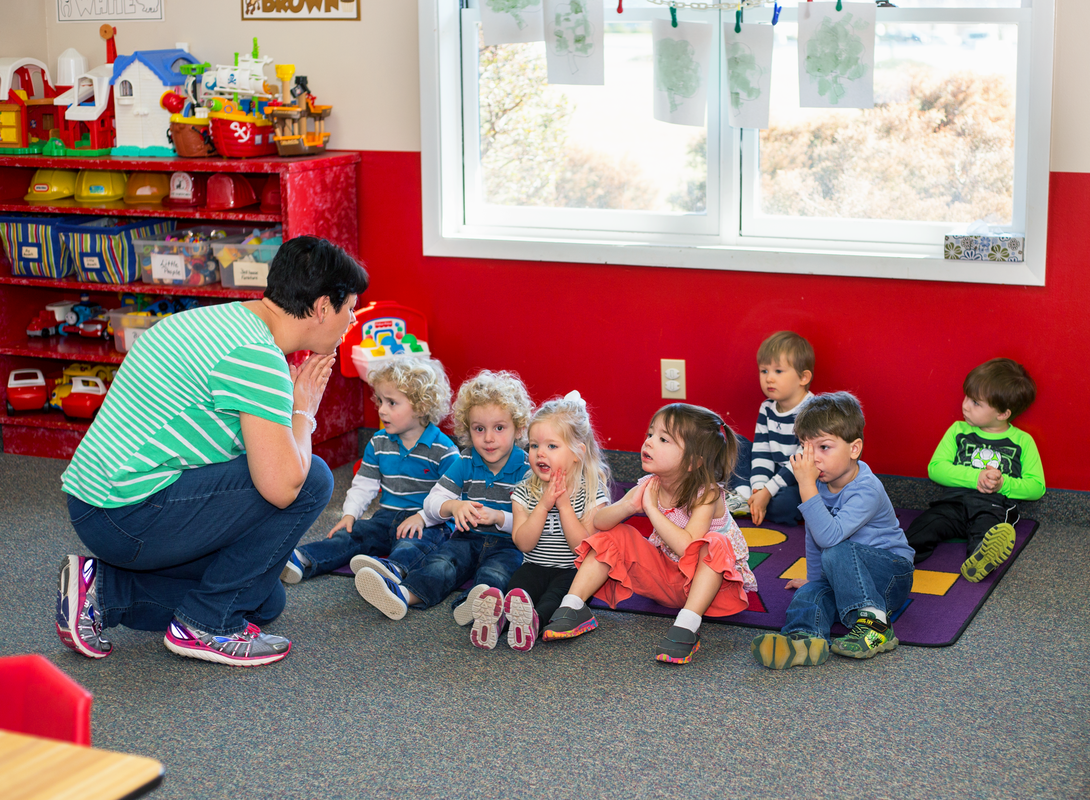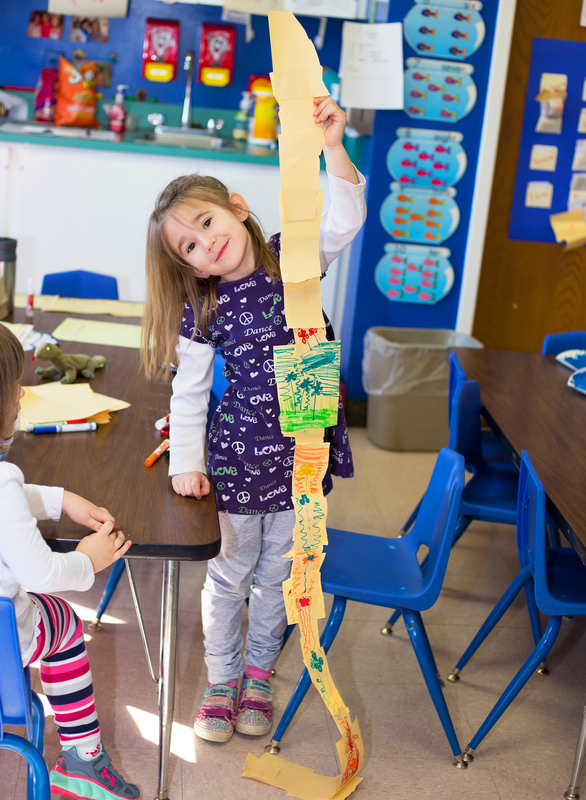JPP provides age-appropriate opportunities for learning basic skills such as sitting still, raising hands, sharing and playing with others, waiting and walking in line. We provide a balanced environment of both structured and play-based lessons for learning shapes, colors, letters and numbers. Skills such as holding a pencil, writing first and last names and reading simple site words are some of the goals for our 4 year olds and PreK students.
Throughout the year, our teachers attend continuing education classes and seminars to keep them up-to-date on the
latest information in the field of education and curriculum.
Sensory learning, learning via technology and addressing social behaviors are just a few of the topics that our teachers apply in their classrooms.
Throughout the year, our teachers attend continuing education classes and seminars to keep them up-to-date on the
latest information in the field of education and curriculum.
Sensory learning, learning via technology and addressing social behaviors are just a few of the topics that our teachers apply in their classrooms.
Typical Preschool Day at JPP
|
9:00-9:30 Arrival and morning activities 9:30-9:35 Restroom Break 9:35-10:00 Circle Time
10:00-10:15 Snack/Restroom Break 10:15-10:25 Story Time/Book Time 10:25-11:15 Centers 11:15-11:30 Math 11:30-12:00 Recess 12:00-12:30 Lunch 12:30-12:45 Closing Circle Time 12:45-1:00 End of Day Routine and Car Line-Up |
|
Objectives for Two Year Olds
During the two year old year we will focus primarily on building positive self concepts in our students. We will encourage creativity, altruism, language development and pro-social behavior. We will also promote the development of good self-esteem. The basis of what children do, how they learn and what they learn is through play. Play is children’s work and is the most significant way in which a child learns. Through play the two year old will:
Two year olds will also begin to recognize sizes, colors, shape and his/her name. They will also be able to take directions, focus attention, develop listening skills, and begin to work with scissors and glue. |
|
Objectives for Three Year Olds
The philosophy and emphasis for the three-year old involves learning through both free play and structured play. Opportunities will be given to help each child grow in the four major areas of development: emotional, social, intellectual, and physical. 1. Emotional Development
3.Intellectual Development
|
|
Objectives for Four Year Olds
The philosophy and emphasis for the four-year old involves learning through play and through carefully planned teacher directed activities. Students are given opportunities to work both independently and in groups. They are encouraged to become more independent and self directed. 1. Emotional Development
4.Physical Development
|



